[ad_1]
By Customer Author Wesley Kelder
People often think about chocolate as unhealthy. Nonetheless, in its purest sort, chocolate (cocoa) incorporates helpful nutritional vitamins like calcium, phosphorous, magnesium, iron, zinc, and amino acids. Higher of all, when making your private chocolate from cacao beans (technically cacao seeds), it is great easy to tweak to your liking. For instance, you presumably can decide to ensure that you darkish chocolate, milk chocolate, spicy chocolate, or any extra flavors you need (citrus flavors are very modern). You’ll be able to even decide how sweet you want it to be.
Making chocolate from scratch is unquestionably pretty a protracted course of. It begins with cacao beans, nonetheless chocolate might also be produced from the bicolor bean. The bicolor is an in depth relative of the cacao tree. Although they’re related, there are a few minor variations which are described beneath. Nonetheless, the tactic of making chocolate with bicolor or cacao are very associated.
What’s the excellence between cacao and cocoa?
Cacao refers again to the raw beans or semi-processed beans which might be lastly made into cocoa. Cocoa refers again to the finished or near-finished elementary ingredient of chocolate (cocoa powder, cocoa butter, and so forth.). Cacao fruit and their beans (seeds actually) develop on the Theobroma cacao tree, native to elements of South America, West Africa, and Asia. Cacao pods are harvested from the bushes and are grew to become cocoa and chocolate by means of a multi-step course of.
Step-by-step: from cacao bean to chocolate bar
Listed below are the 7 steps to make your private milk chocolate, darkish chocolate, or white chocolate.
Step 1: Choose the becoming number of cacao fruits
Each cacao fruit incorporates white pulp with a most of 60 seeds. To search out out what variety of fruits you need, first decide on what variety of grams of chocolate you want to make. As a rule of thumb, when making a chocolate bar of 80 grams (2.8 ounces), you’ll require about 40 seeds. Make certain that to decide on ripe fruit for this. The color of the seeds depends on the variability, nonetheless they often have an orangish shade.
If using Bicolor: A bicolor incorporates fewer seeds than cacao, sometimes a most of 45. The seed pulp is further yellowish than the cacao.
Step 2: Fermenting the beans
After eradicating the seeds and pulp inside the fruit, the fermenting course of begins. The fermentation course of (or yeast course of) is important. That’s when the sugars inside the beans are reworked to acids, and enzymes break down the bitter style (the unfermented seeds are very bitter for individuals who eat them raw). Fermentation brings out the entire style of the bean and takes roughly 6 days.
It is typical to cowl the seeds in banana leaves, nonetheless using picket crates significantly made for drying beans is an alternative too. Crates for drying cacao beans have holes inside the bottom to allow liquid to flee.
To make sure that the seeds to ferment appropriately they should heat to 125 ranges F (40-50 ranges Celsius). The beans themselves will produce important heat by means of the course of nonetheless you presumably can help them alongside by inserting them subsequent to a heat provide similar to a heat pack or a scorching water bottle.
Check and stir the beans generally and take away any that may very well be rotting, merely acknowledged by moldy spots. All through fermentation you’ll moreover uncover the scent of alcohol as a result of the pulp ferments from airborne yeast and heat. It’s important that your crate permits the beans to empty accurately because of within the occasion that they sit inside the alcohol, they will rot.
After fermentation is full, dry the cacao or bicolor seeds inside the photo voltaic for spherical per week. Coloration changes are a outcomes of fine fermentation, the place the color of the fermenting seed changes from a darkish purple to a darkish brown. When this course of is achieved, the beans might be masses lighter in shade.
Step 3: Roasting / Drying the cacao beans
Drying or roasting the beans ensures that your complete liquid is eradicated with a goal of reducing the moisture diploma beneath 7%. This can provide the beans further style (and shade!). You’ll discover that the outer shell will separate from the inner bean.
To roast the beans, load them proper right into a roasting pan and place them in an oven for about 12 minutes at 120 ranges Celsius (250 Fahrenheit). For those who start to scent a ‘brownie’ scent (just like the favorite dessert), you perceive the beans are just about completed. You want them to ‘pop’ (with out burning!), just like heating corn until it turns into popcorn. That exact same popping sound tells you that your cacao beans are completed roasting. Take them out of the oven and permit them to chill. Your bean is now formally a cacao nib (it’s known as a nib after the fermentation and roasting course of).
The traditional approach is to photograph voltaic dry the beans on specific mats in direct daylight. In reality, the local weather performs a large half proper right here and in moist areas it might take way more time to dry the beans. Cautious consideration must be paid so the beans do not flip into moldy.
If using Bicolor : The bicolor bean incorporates a lot much less fat. That means bicolor beans may very well be roasted at a greater temperature than the cacao beans, as a lot as 150 diploma Celsius (300 Fahrenheit).
Step 4: Bean Separation
Now the cacao bean must be separated from the shell. Usually this happens inside the roasting course of, by which case you presumably can skip this step. If not, press each bean between your fingers to remove the shell. It’d take further time, nonetheless with this step, you lose just a few nibs. You’ll be able to even now see that the inside (cacao nib) already has the color of the chocolate you’re conscious of. After you’ve got completed this, it is time to put collectively the roasted, peeled cacao for grinding.
Pleasing actuality: Your cacao nibs are made up of roughly 50% cacao solids and 50% cacao butter now.
Step 5: Grinding the cacao nib & conching
Use a sturdy grinder made for cacao beans (or one factor associated) to grind the cacao nibs. Keep in mind that the cacao nibs should run inside the grinder for at least 10 hours (certain, a really very long time). After ending this course of, you’ll word that the cacao nibs have turned to a paste or liquid as a result of the cocoa butter is launched.
All through grinding, is when you add extra butter, milk, vanilla, milk powder, sugar, or cacao powder to style your chocolate as milk chocolate, darkish chocolate or white chocolate, regardless of suits you. You might also attempt together with cinnamon, curry powder, or chili powder.
GRINDING TIP: Sooner than grinding, it is best to pre-grind the nibs. This can be most interesting completed by means of a high-speed blender or a espresso / spice grinder.
Conching takes place after grinding. As quickly because the paste or liquid is formed, the grinder continues aerating the cocoa to cut back moisture and develop further style. All through this time, acids evaporate from the bean, taking bitter flavors away and allowing the added elements to completely mix with the cocoa butter. This supplies the chocolate a deep style. The establish “conching” comes from the type of the vessels that had been used to do this manner again – they resembled conch shells.
If using Bicolor: Because of the lower fat content material materials from the bicolor (20%) as compared with the cacao (55%), cacao butter must be added! For those who occur to don’t add butter to the bicolor beans at this stage, it merely obtained’t transfer.
Step 6: Tempering temperatures
To get the gloss for the finished chocolate that you just’re conscious of, you might want to “temper” the chocolate: soften it, cool it, and reheat it. That’s important, because of the fully completely different chocolate colors have fully completely different tempering temperatures.
- Darkish chocolate: Soften to 46-50 °C (115-122ºF), cool to twenty-eight °C (82.4ºF), and reheat to 30-32 °C (86-89.6ºF)
- Milk chocolate or white chocolate: Soften to 40-45 °C (104-113ºF), cool to 26/7 °C (79/80.6ºF), and reheat to 28-30 °C (82.4-86ºF).
Step 7: Molding your chocolate
Pour the liquid chocolate into the shape that you just really need. Then, allow it to relax until it turns into sturdy. Retailer your property made chocolate in a cool, dry place.
Author bio: Wesley Kelder is the proprietor of the massive tropical yard of Seeds Del Mundo, with higher than 150 kinds of fruit collected from in every single place on the planet. Wesley and his family, who’re all working collectively, have a passion for each sort of tropical fruits, and want to share as quite a lot of mother nature’s beauties in every single place on the planet. They’re specialised in tropical fruits, similar to the Theobroma Bicolor, fully several types of Dragon Fruits, Capuacu and loads of completely different unusual distinctive fruits.
[ad_2]
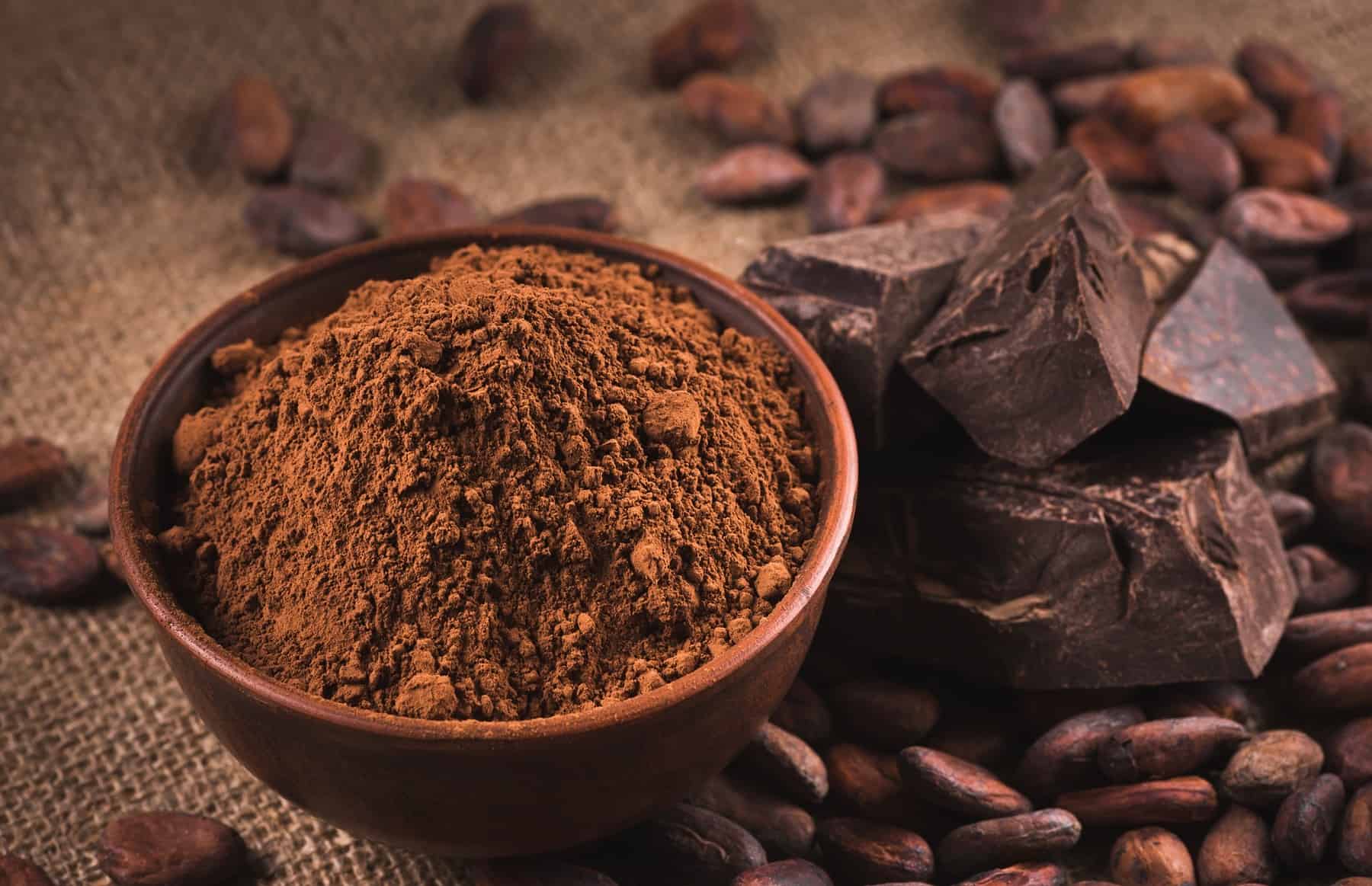

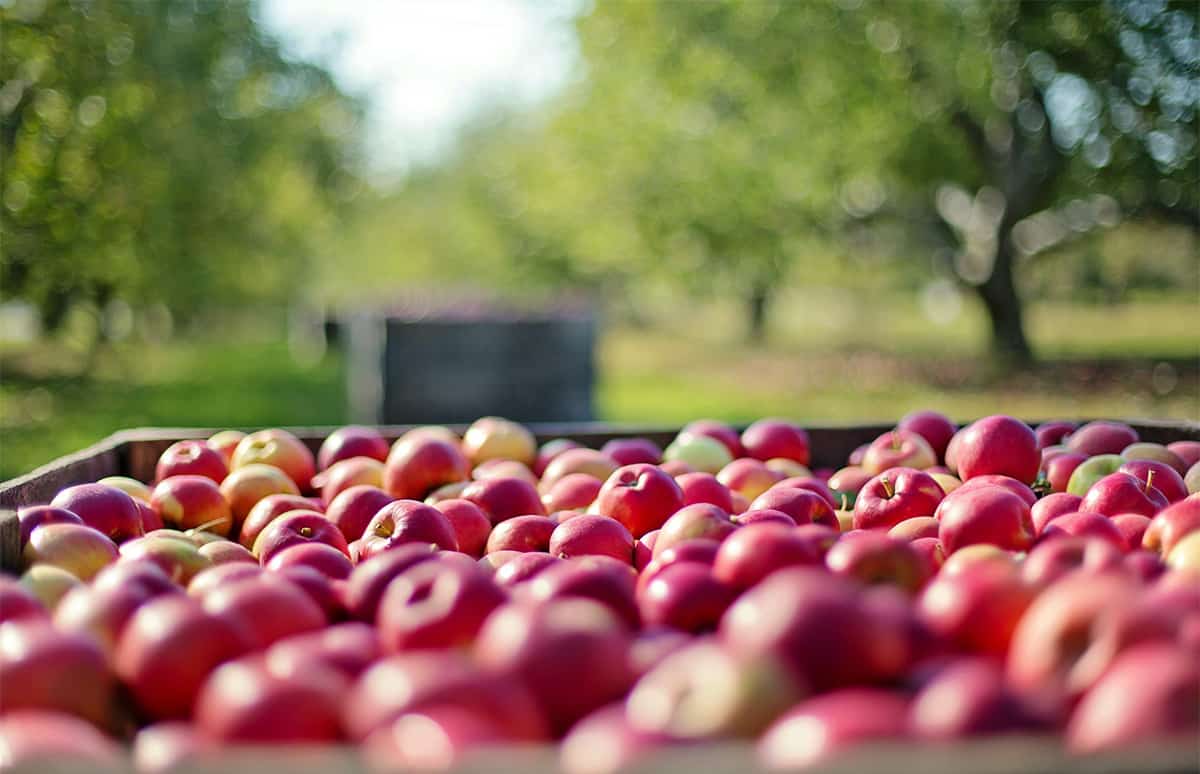
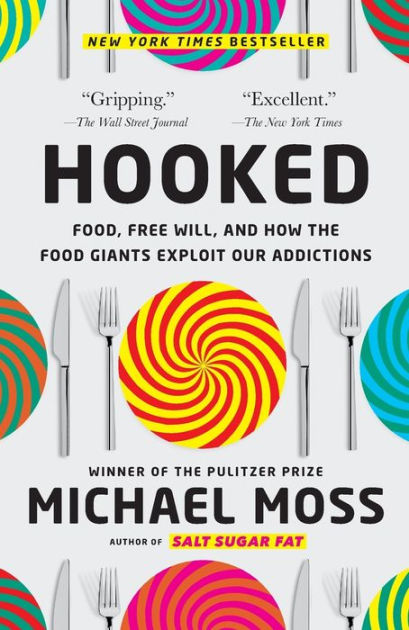

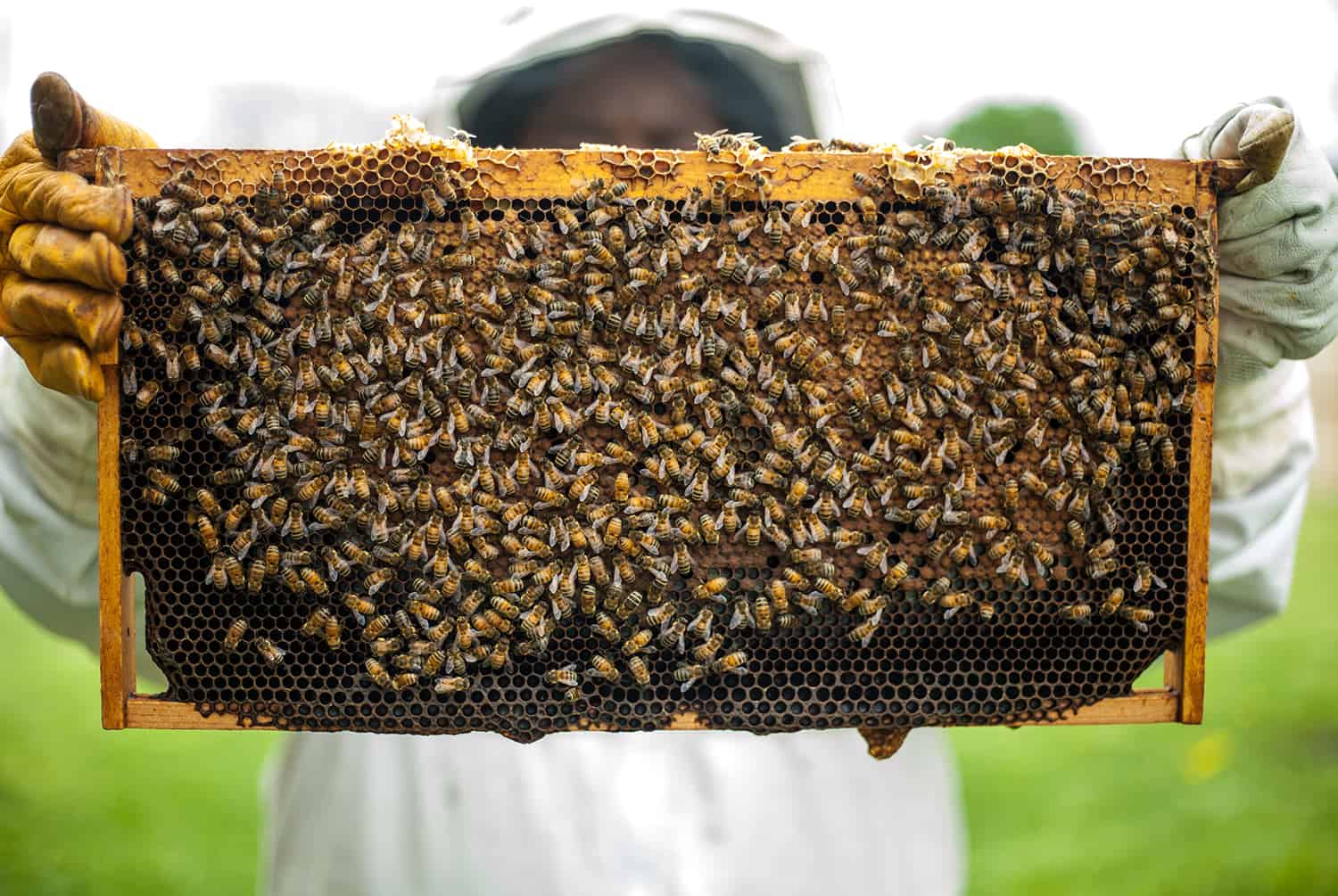

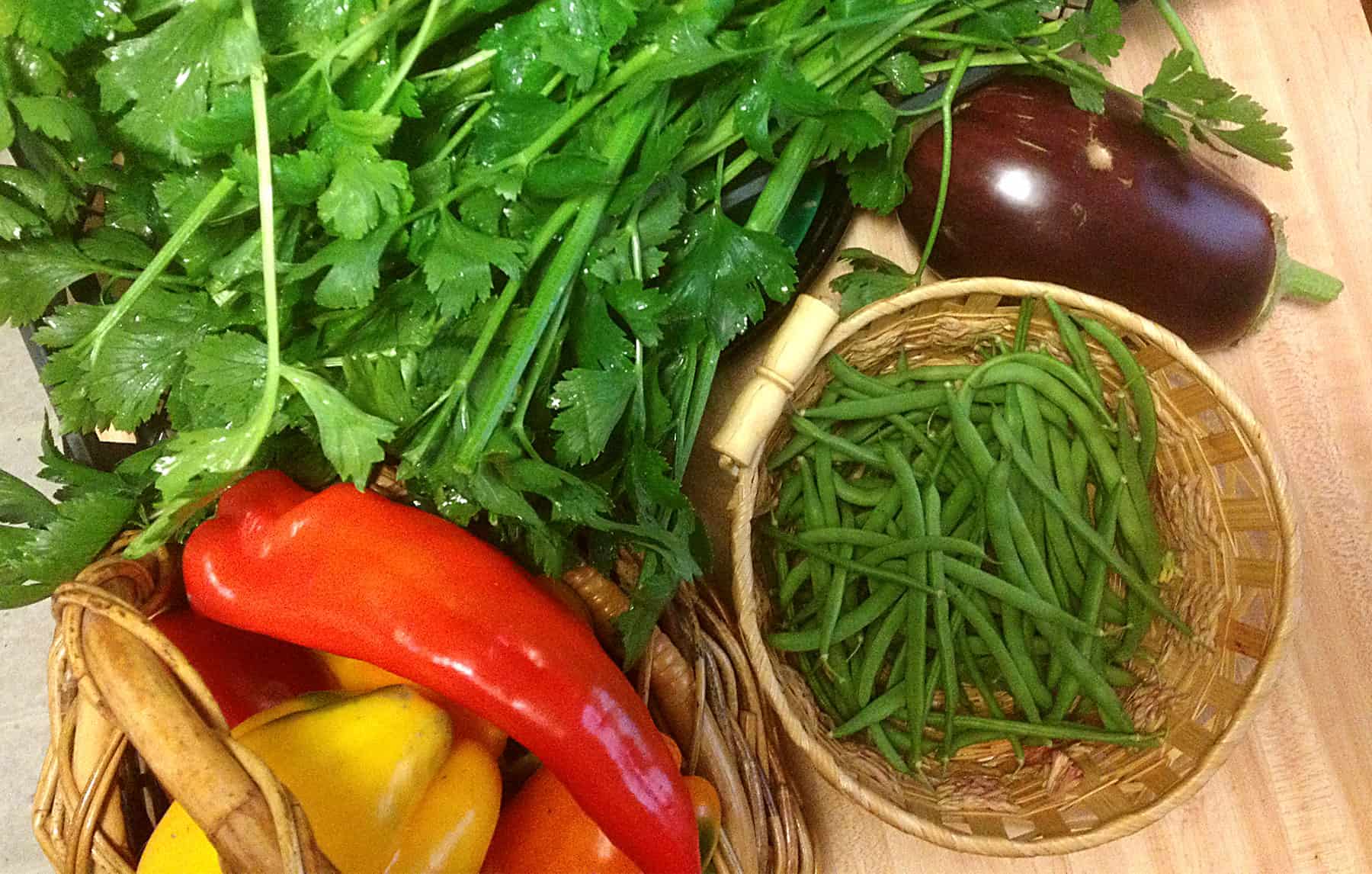
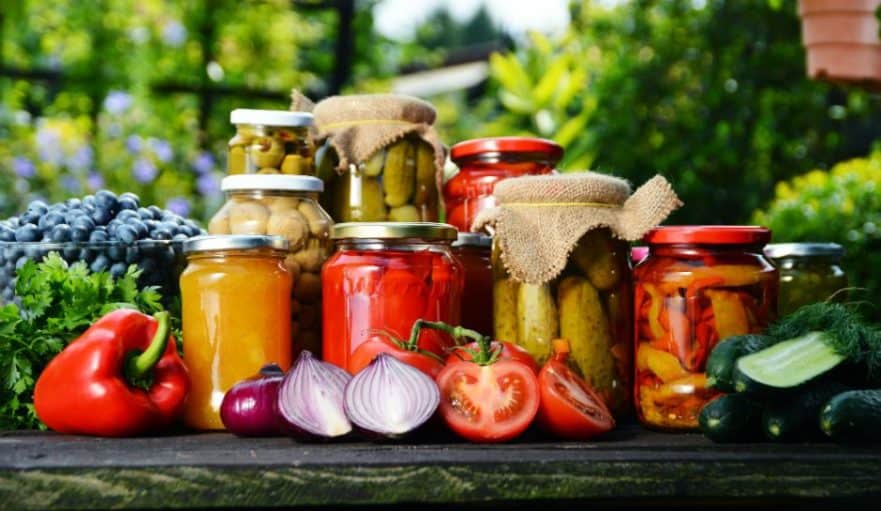

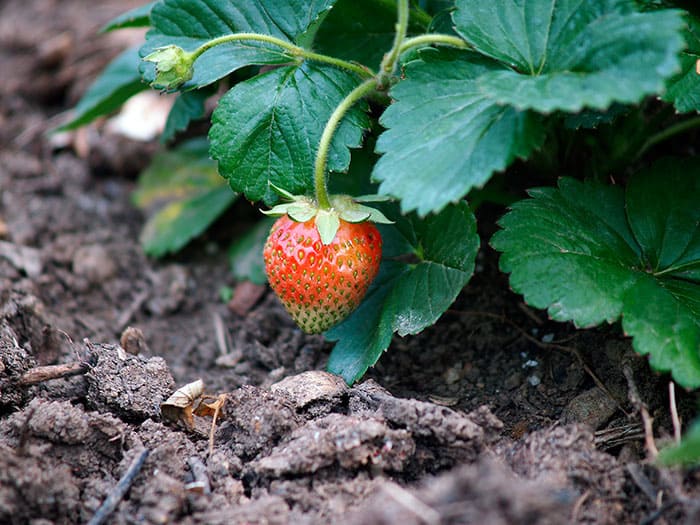
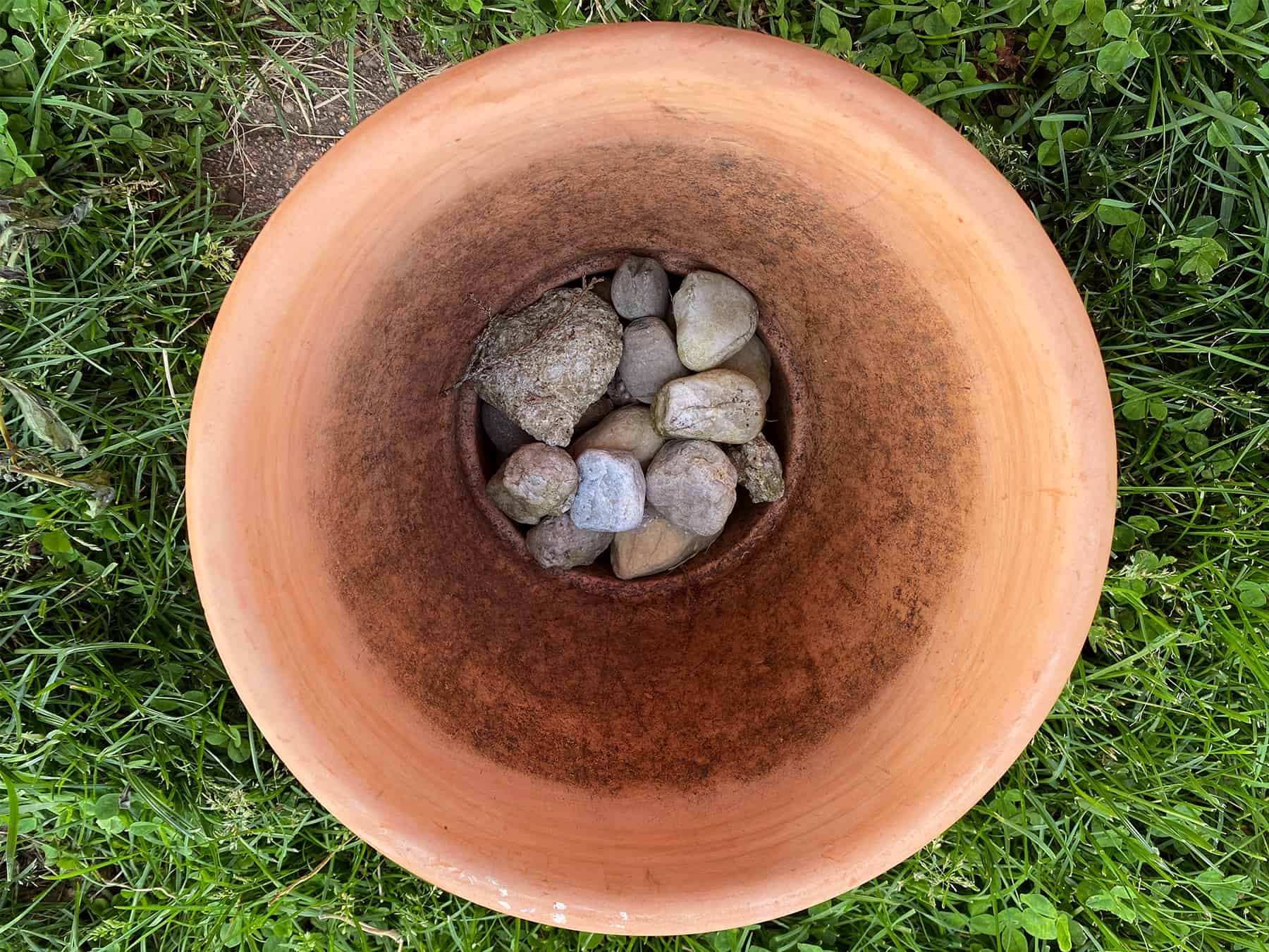
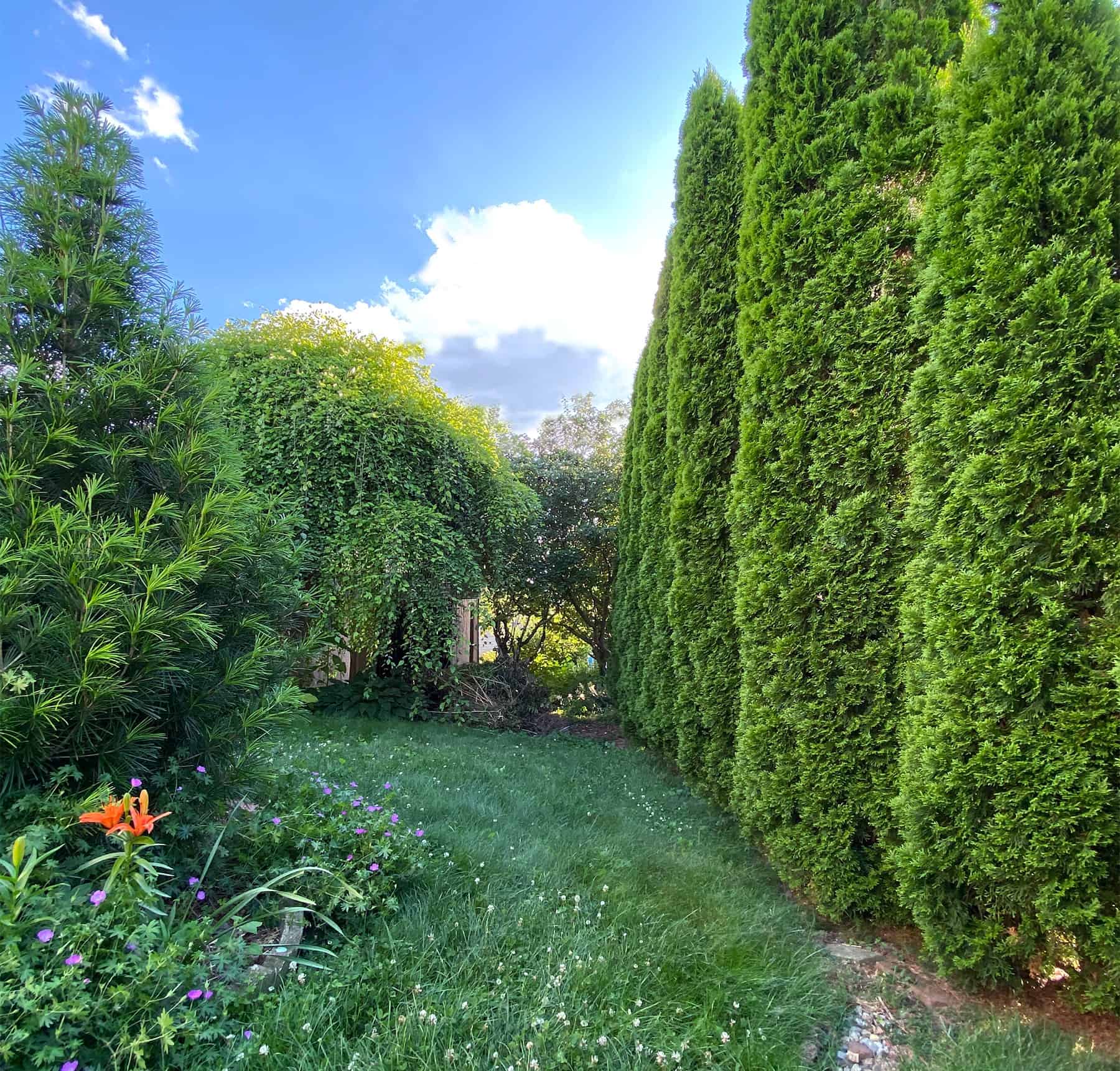
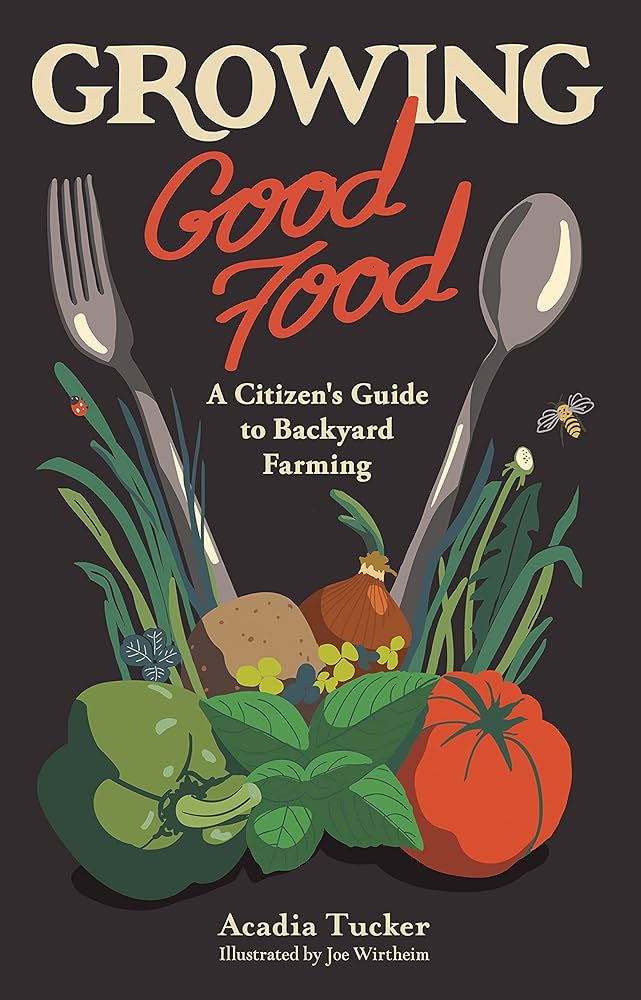
Leave a Reply